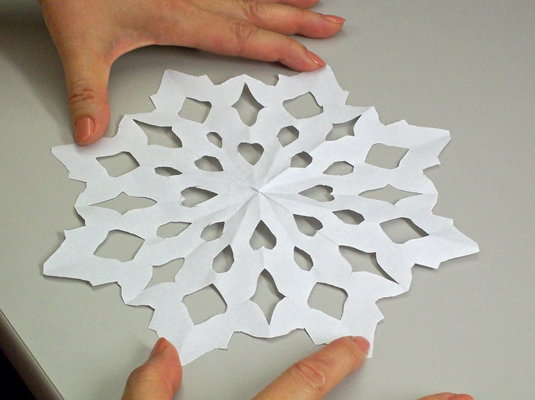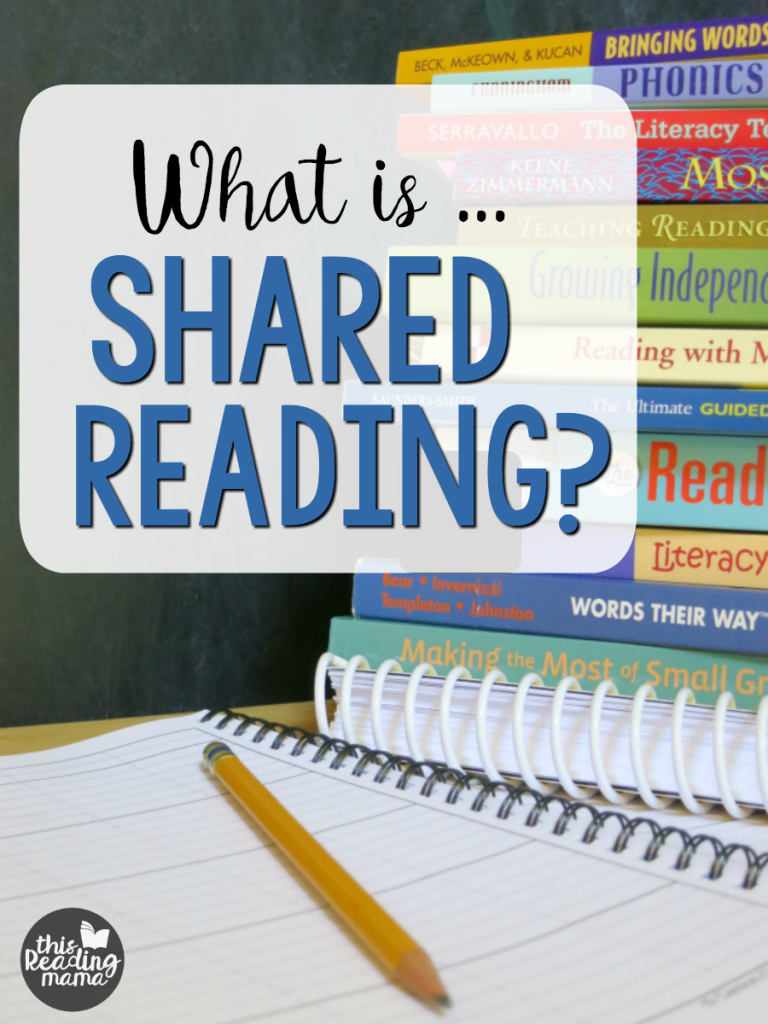How To Develop Concise Oral Instructions
 Depending on how a student comprehends vague instructions, the product they produce could be very different from what you intended. The paper tear challenge we completed in class provided an amazing framework for teaching students how to use proper and concise language. I have embedded a video of this task being done with adults at a conference to remind us. Although this task does provide instructions, they may not be overly clear. Following completing this activity with your students, you can have them help you create more specific instructions. They should make note of potentially providing interactive strategies such as being able to ask questions (OC2.2), making the instructions more clear and coherent (OC2.3), and using more appropriate/descriptive language (OC2.4). After the students help me create a clearer set of instructions, we may retry the activity to see if we achieve more similar results with our "snowflakes" than before! I will most likely be completing a similar activity with my placement class since it is fun and allows students to work with the teacher to create criteria. This could really help with providing a basis for preparing students to help create success criteria as a class for an upcoming assignment.
Depending on how a student comprehends vague instructions, the product they produce could be very different from what you intended. The paper tear challenge we completed in class provided an amazing framework for teaching students how to use proper and concise language. I have embedded a video of this task being done with adults at a conference to remind us. Although this task does provide instructions, they may not be overly clear. Following completing this activity with your students, you can have them help you create more specific instructions. They should make note of potentially providing interactive strategies such as being able to ask questions (OC2.2), making the instructions more clear and coherent (OC2.3), and using more appropriate/descriptive language (OC2.4). After the students help me create a clearer set of instructions, we may retry the activity to see if we achieve more similar results with our "snowflakes" than before! I will most likely be completing a similar activity with my placement class since it is fun and allows students to work with the teacher to create criteria. This could really help with providing a basis for preparing students to help create success criteria as a class for an upcoming assignment.Would You Trust One of Your Classmates to Guide You Through an Obstacle Course?
 I remember in gym class always doing obstacle courses but sometimes being blindfolded and getting directions from my classmates. This may traditionally be seen as a physical activity for gym class, but could very easily be used as a tool to develop listening to understand oral communication skills. This website highlights a lot of different strategies to strengthen communication skills, but I particularly want to focus on the blindfold game. You could easily complete this activity in groups of 3: one student will be blindfolded, one student can give instructions, and the other can be present to provide support through any difficult obstacles. Through this activity, you can look for expectations such as OC1.2 and 1.3. The student listening to the instructions will need to be an active listener so actions are completed in an appropriate time while also listening well in order to comprehend what to in order to overcome the obstacle. You could also look at OC 2.1 and 2.3 for the student actually giving the instructions. This student needs to understand the purpose of giving the instructions is to get the other student through the obstacles safely and in order to do this, they need to be very clear and specific on what they are saying. This sort of activity is also just fun for the kids to complete, it gets them up and moving, and helps them further develop communication and teamwork skills. I have embedded below a similar activity you could do potentially with older students. This game looks at non-verbal communication and teamwork.
I remember in gym class always doing obstacle courses but sometimes being blindfolded and getting directions from my classmates. This may traditionally be seen as a physical activity for gym class, but could very easily be used as a tool to develop listening to understand oral communication skills. This website highlights a lot of different strategies to strengthen communication skills, but I particularly want to focus on the blindfold game. You could easily complete this activity in groups of 3: one student will be blindfolded, one student can give instructions, and the other can be present to provide support through any difficult obstacles. Through this activity, you can look for expectations such as OC1.2 and 1.3. The student listening to the instructions will need to be an active listener so actions are completed in an appropriate time while also listening well in order to comprehend what to in order to overcome the obstacle. You could also look at OC 2.1 and 2.3 for the student actually giving the instructions. This student needs to understand the purpose of giving the instructions is to get the other student through the obstacles safely and in order to do this, they need to be very clear and specific on what they are saying. This sort of activity is also just fun for the kids to complete, it gets them up and moving, and helps them further develop communication and teamwork skills. I have embedded below a similar activity you could do potentially with older students. This game looks at non-verbal communication and teamwork.Can We Make Predictions Based on Things Other Than Books?
 During a lot of literacy lessons involving reading, we are often asked to consider what is going to happen next. This may be done through a writing task, through comprehension, or just through sharing thoughts. But why not consider making inferences and predictions based on videos or audio recordings? We can pause them just like we can stop reading or finish a chapter. This website highlights some strategies to help students learn and practice making inferences about things in literacy whether it be a book, video, or audio source. The main activity I would look at for oral communication is show and infer. This activity basically asks students to use what they know about their classmates to predict what the item is the student brought in. For my placement purpose, I would consider adapting this activity to using some sort of video. I may have students view a part of a video, pause it, and have them discuss what may happen next, or pose a prompt to them to answer. EdPuzzle would be an excellent tool you could use for this in class. This would highlight expectations such as OC1.5, 1.6. Following a few of these pauses throughout the video, I could then have students reflect on what strategies they used to pay attention to the information and how they were able to make concrete predictions. This may satisfy expectations such as OC3.1. Another common practice in classrooms is shared reading. I believe this is a great strategy to strengthen oral communication because it allows for students to work together in a comfortable environment to read aloud to each other and learn new skills. You could further this activity by then having students read a story based on a certain point of view (OC1.8). Having students communicate this way they are still practicing speaking clearly (OC2.1), listening attentively (OC1.2), and potentially interactive practice (OC2.2). Shared reading is something I would like to implement in my own classroom since it provides a great opportunity to assess many aspects of the language arts.
During a lot of literacy lessons involving reading, we are often asked to consider what is going to happen next. This may be done through a writing task, through comprehension, or just through sharing thoughts. But why not consider making inferences and predictions based on videos or audio recordings? We can pause them just like we can stop reading or finish a chapter. This website highlights some strategies to help students learn and practice making inferences about things in literacy whether it be a book, video, or audio source. The main activity I would look at for oral communication is show and infer. This activity basically asks students to use what they know about their classmates to predict what the item is the student brought in. For my placement purpose, I would consider adapting this activity to using some sort of video. I may have students view a part of a video, pause it, and have them discuss what may happen next, or pose a prompt to them to answer. EdPuzzle would be an excellent tool you could use for this in class. This would highlight expectations such as OC1.5, 1.6. Following a few of these pauses throughout the video, I could then have students reflect on what strategies they used to pay attention to the information and how they were able to make concrete predictions. This may satisfy expectations such as OC3.1. Another common practice in classrooms is shared reading. I believe this is a great strategy to strengthen oral communication because it allows for students to work together in a comfortable environment to read aloud to each other and learn new skills. You could further this activity by then having students read a story based on a certain point of view (OC1.8). Having students communicate this way they are still practicing speaking clearly (OC2.1), listening attentively (OC1.2), and potentially interactive practice (OC2.2). Shared reading is something I would like to implement in my own classroom since it provides a great opportunity to assess many aspects of the language arts.
No comments:
Post a Comment